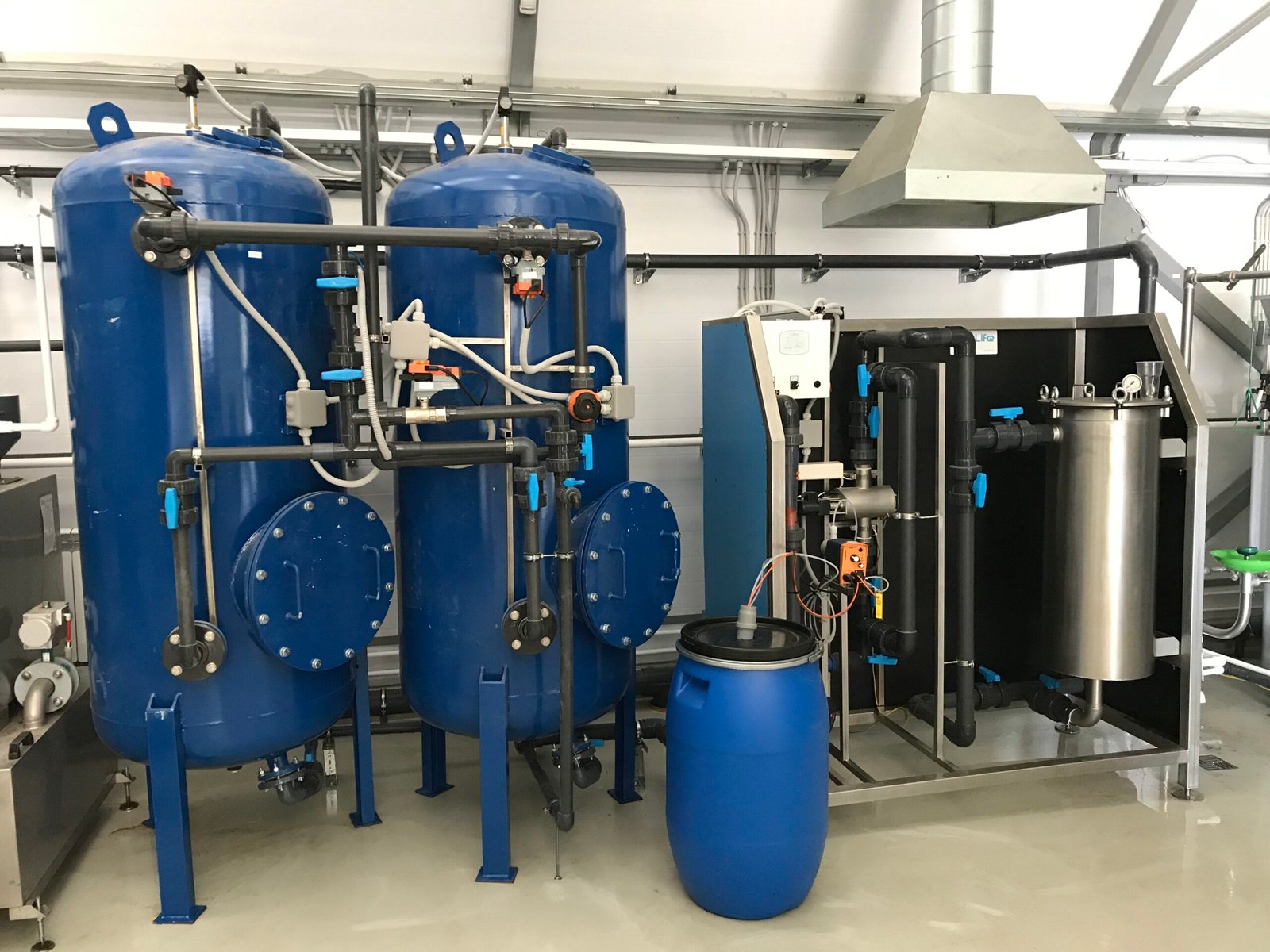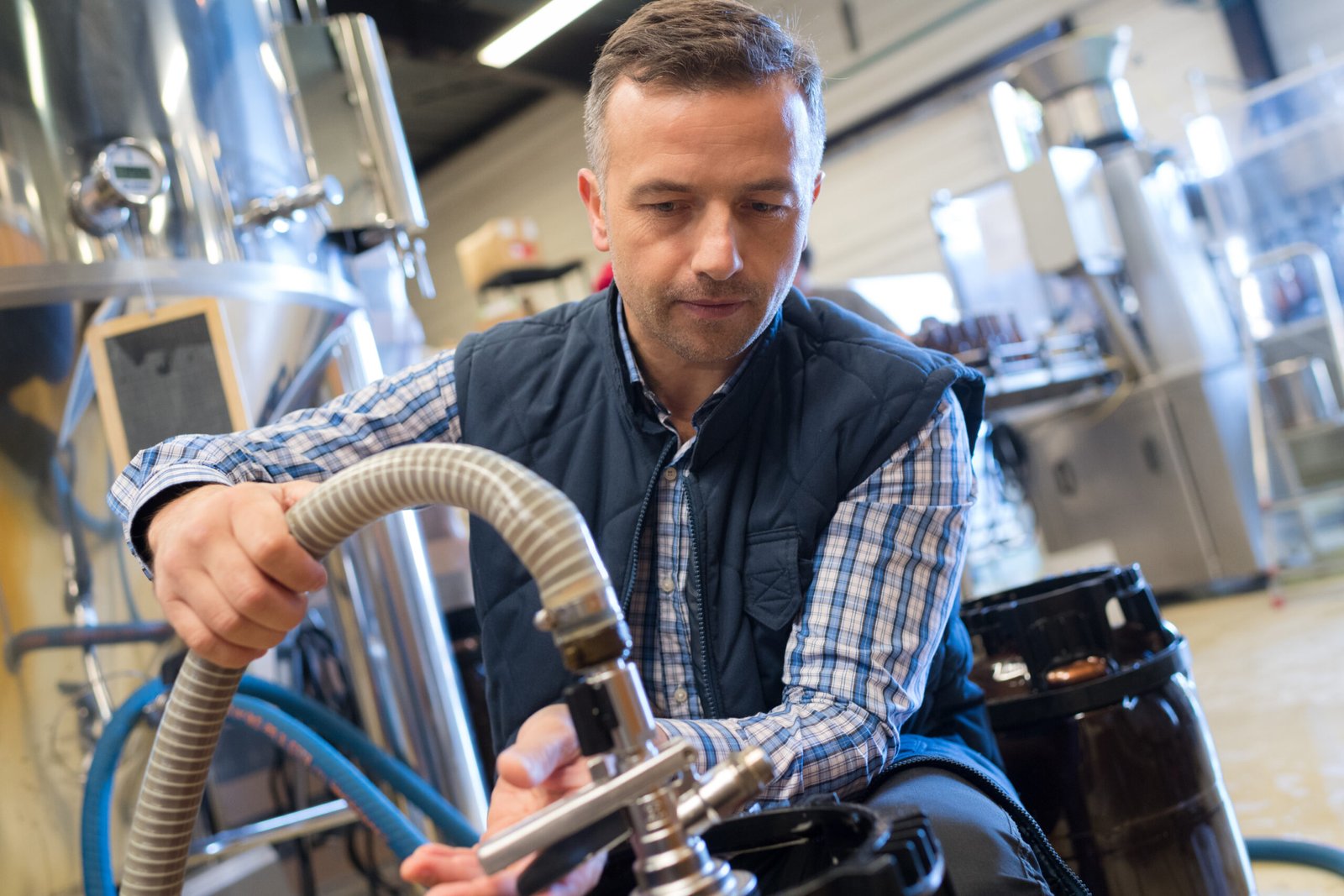Wastewater Treatment Division
Title: Understanding the Wastewater Treatment Division: Protecting Our Water Resources
Introduction
In a world where clean water is becoming an increasingly precious commodity, the role of Wastewater Treatment Divisions around the globe has never been more critical. These divisions are dedicated to managing and treating sewage and industrial effluents to minimize their environmental impact and protect public health. This article delves into the complexities of wastewater treatment, its significance, and the innovative practices being employed to ensure sustainable water management.
Chapter 1: What is Wastewater?
Before exploring the intricacies of wastewater treatment, it is essential to understand what wastewater comprises. Wastewater is essentially any water that has been adversely affected in quality by anthropogenic influence. It comes from various sources:
-
- Domestic Wastewater: Water used in household activities such as bathing, cooking, cleaning, and sanitation.
-
- Industrial Wastewater: Water used in manufacturing processes which may contain a range of pollutants depending on the industry.
-
- Stormwater Runoff: Water from precipitation that flows over land and surfaces, picking up pollutants in its path.
-
- Agricultural Runoff: Water that leaches through agricultural fields carrying fertilizers, pesticides, and animal waste.
Understanding these sources is crucial as it directly influences the treatment methods applied.
Chapter 2: The Importance of Wastewater Treatment
The effective treatment of wastewater is vital for several reasons:
-
- Environmental Protection: Untreated wastewater can cause severe damage to aquatic ecosystems, killing marine life, and leading to the deterioration of water quality.
-
- Public Health: Contaminated water can carry diseases and pollutants harmful to human health.
-
- Resource Recovery: Through wastewater treatment, valuable resources such as biosolids, clean water, and energy can be recovered.
-
- Regulatory Compliance: Wastewater treatment facilities must adhere to stringent regulations that govern water quality and discharge conditions.
Chapter 3: Overview of Wastewater Treatment Processes
The treatment of wastewater typically involves multiple stages, each playing a critical role in removing contaminants:
-
- Preliminary Treatment: This is the first stage where large objects and grit that can harm equipment are removed.
-
- Primary Treatment: In this stage, sedimentation tanks allow for the settling of solids. The removal of these solids reduces the load for subsequent treatment processes.
-
- Secondary Treatment: This biological process uses microorganisms to break down organic matter. Activated sludge systems and trickling filters are common methods used in this stage.
-
- Tertiary Treatment: Also known as advanced treatment, this stage involves additional filtration and chemical treatment to remove excess nutrients and other pollutants.
-
- Disinfection: The final step involves eliminating pathogenic organisms through chlorination, UV treatment, or ozonation, ensuring the water is safe for release into the environment or reuse.
Chapter 4: Innovations in Wastewater Treatment
As the demand for sustainability grows, so does the innovation in wastewater treatment technologies:
-
- Membrane Bioreactors (MBRs): Combining membrane filtration with biological treatment, MBRs offer higher quality effluents suitable for reuse.
-
- Resource Recovery Facilities (RRFs): These facilities focus not only on treating wastewater but recovering valuable resources such as phosphorus, energy through biogas, and water.
-
- Anaerobic Digesters: These systems treat sludge from wastewater, producing biogas as a renewable energy source.
-
- Constructed Wetlands: Mimicking natural wetlands, these systems provide a cost-effective and eco-friendly solution for treating wastewater.
-
- Algae-Based Treatment: Using algae to treat wastewater has shown promise in sequestering carbon dioxide and producing biomass for biofuel.
Chapter 5: The Role of Policy and Regulation
Policy and regulation play a crucial role in shaping the operations of wastewater treatment divisions:
-
- Standards and Guidelines: Government agencies set water quality standards that facilities must meet. These standards vary depending on the end use of the treated water.
-
- Incentives for Innovation: Encouragement through grants and subsidies for adopting advanced treatment technologies fosters innovation.
-
- Public Engagement and Education: Engaging the public and educating them about wastewater treatment enhances community support and cooperation.
-
- Integrated Water Management Policies: Encouraging a holistic approach to managing water resources supports sustainable wastewater treatment and reuse strategies.
Chapter 6: Challenges Facing Wastewater Treatment Divisions
Despite advancements, wastewater treatment divisions face several challenges:
-
- Aging Infrastructure: Many facilities operate with outdated equipment that requires significant investment to upgrade.
-
- Funding Constraints: Limited budgets can impede the implementation of necessary upgrades and maintenance.
-
- Climate Change: Increased storm events and droughts necessitate more resilient water management practices.
-
- Emerging Contaminants: New pollutants such as pharmaceuticals and microplastics require advanced treatment options to address.
-
- Supply Chain Disruptions: The availability and cost of treatment chemicals and materials can affect operations.
Chapter 7: The Future of Wastewater Treatment Divisions
Looking ahead, wastewater treatment is aligning more closely with principles of sustainability and circular economy:
-
- Integration with Water Reuse: Advancing the use of recycled water for industrial, agricultural, and potable purposes is gaining momentum.
-
- Automation and Monitoring: Advanced sensors and AI can optimize treatment processes and improve decision-making.
-
- Community-Centric Projects: Decentralized systems that engage local communities in managing wastewater treatment offer personalized solutions.
-
- Net-Zero and Positive Energy Facilities: The drive towards facilities that produce more energy than they consume is becoming a benchmark for future operations.
-
- International Collaboration: Sharing knowledge and technology across borders can enhance global wastewater management practices.
Conclusion
The Wastewater Treatment Division is not just a backend utility service but a crucial player in ensuring environmental sustainability, public health, and economic vitality. As our world grapples with water scarcity, climate change, and population growth, the role of these divisions becomes ever more pivotal. By embracing innovation, regulatory frameworks, and sustainable practices, wastewater treatment can continue to evolve, protecting our precious water resources for generations to come.


